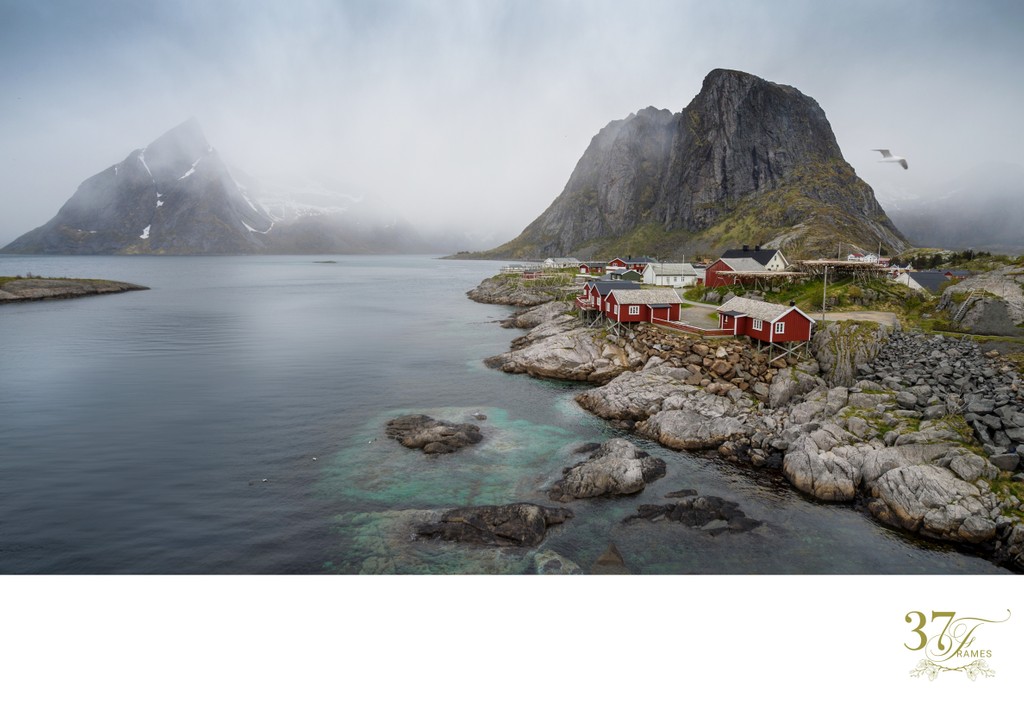
The buildings are built on land, but with the one end on poles in the water, allowing easy access to vessels. The style and term is used along the coast of Western Norway and Northern Norway, and is most common on Lofoten. The use of rorbu for fishing has diminished and the style of housing is now largely used to rent out to tourists.
The distinctive Rorbu cabins are one of the features of the Nordland coastline and particular to Lofoten. The cabins were originally basic accommodation for the Lofoten fishermen, built on poles partly out in the water. Today, there are Rorbu cabins in a range of categories, from basic to high standard.
Even before 900 AD, the sagas mentioned boats being equipped along the coast to travel to Lofoten to participate in the winter season of fishing for cod. In addition to the usual near-shore fishing, many tales were told of this particularly valuable winter fishing among the Lofoten islands. People travelled for days and weeks in their open rowing and sailing boats to participate in the rich Lofoten fishing throughout the winter.
This naturally gave rise to a need for accommodation. We know little about how this was dealt with in the earliest years, but the sagas relate that in the early 1100s, King Øystein decreed that cabins were to be built in Kabelvåg, the old Vågar – for the fishermen who travelled to Lofoten. This is a clear indication of how important fishing was to the country’s economy at that time.
Location: Hamnøy, Lofoten Archipelago, Norway.
Keywords: Norway.Japan Wedding Planning & Photography | 3-8-25-703 Kamiochiai, Shinjuku-ku TOKYO Japan 161-0034 | 070-4129-2485 | info@37framesphotography.com | Copyright©2025